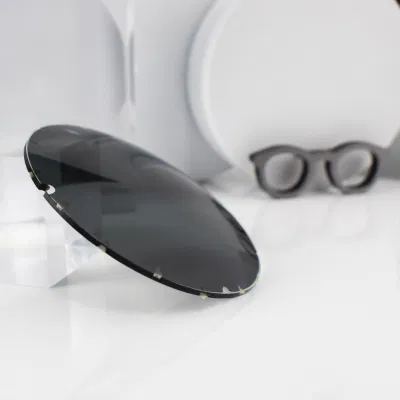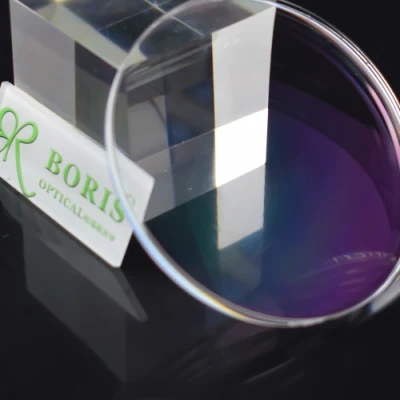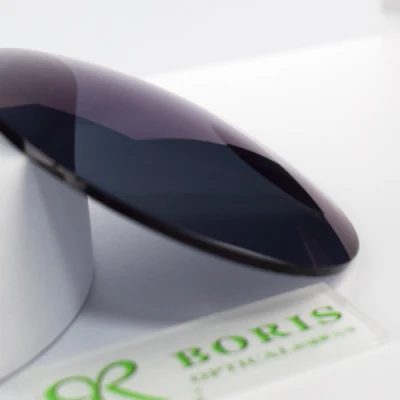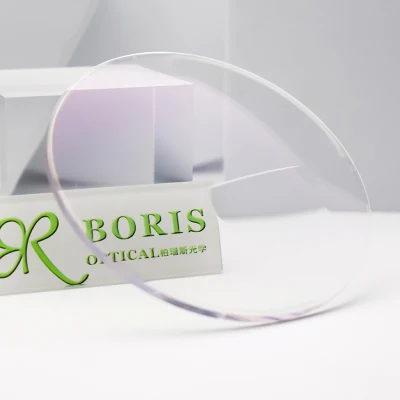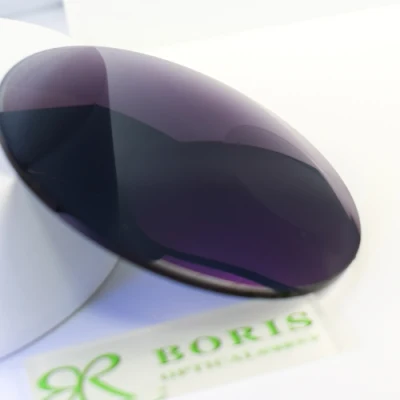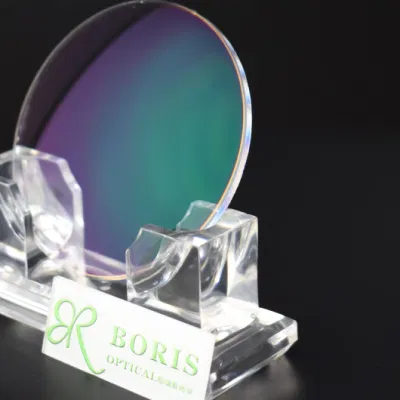Basic Info.
Model NO.
optical lenses
Suitable for Face
All Face
Material
Resin
Type
Anti-Reflective Lens
Coating
UC, Hc, Hmc, EMI
Lenses Color
Blue, Green
Design
Spherical, Aspherical
Abbe Value
41
Transmission
98-99%
Diameter
65/70/75
Specific Gravity
1.30
Abrasion Resistance
6-8h
Blue Cut Lens
Available
Photochromic Lens
Available
Prescription Lenses
Available
Other Name
Eyeglass, Plastic Lens, Ophthalmic Lenses
Free Form Lenses
Available
Rx Lenses
Available
Sunglass Lense
Available
Ophthalmic Instrument
Available
Hi Vex
Avaiable
Transport Package
Cartion
Specification
Single Vision, Bifocal, Progressive
Trademark
OEM
Origin
China
HS Code
90015099
Production Capacity
10000 Pairs Per Day
Packaging & Delivery
Package Size
50.00cm * 33.00cm * 41.00cm
Package Gross Weight
15.000kg
Product Description
Definition of "screen time"
"Screen time" refers to the amount of time a person spends staring at the digital displays of computers, tablets (iPads, for example) and smartphones.
World Health Organization guidelines issued in early 2019 recommend no screen time for children under 3 and screen time of no more than 1 hour for children ages 3 and 4. "Less is better," the WHO recommendations say.
The Royal College of Paediatrics and Child Health, however, recommends that decisions on how much time with digital devices is appropriate be made on an case-by-case basis within families. Some screen time can help children learn, researchers noted.
According to the RCPCH's 2019 screen time study, there are clear indications that too much screen time does have harmful effects on children.
More screen time equals less healthy diet: Children who spend too much time playing games, texting or watching videos often don't eat nutritious foods and have a higher propensity for obesity.
Screen time can be depressing: Children who spend more than two hours per day in front of their screens tend to have more depressive symptoms. Screen time isn't all bad, though. Some studies have found that some screen time is better for mental health than none at all.
Risks of too much screen time for kids
When talking about the risks of too much screen time for kids, we're basically talking about the potential harmful effects of too much blue light.
The LED screens of computers and portable digital devices emit a broad spectrum of visible light. Most of these light rays are harmless, but a portion of the light emitted by these screens is relatively high-energy visible light called "blue light." Blue light has shorter wavelengths and higher energy than other visible light rays. And laboratory research suggests certain bands of blue light may be harmful to the light-sensitive retina of the eye over time. Blue light also plays an important role in regulating our body's circadian rhythm. This basically is an internal clock that's running in our brain and cycles between alertness and sleepiness at regular intervals over a 24-hour period. It's also called our sleep/wake cycle. Too much exposure to blue light at the wrong time of day can disrupt a person's normal sleep/wake cycle, which can have serious health consequences.
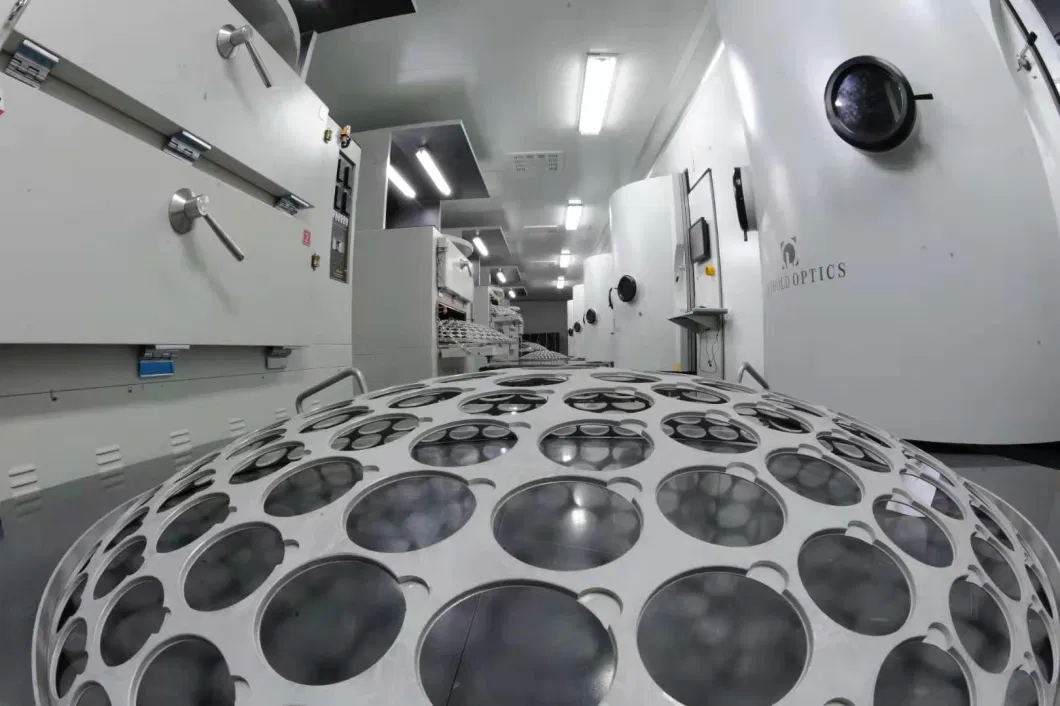
Production

Packing and Shipping




After the core business was frustrated, it quickly adjusted its status and continued to fight.
"Screen time" refers to the amount of time a person spends staring at the digital displays of computers, tablets (iPads, for example) and smartphones.
World Health Organization guidelines issued in early 2019 recommend no screen time for children under 3 and screen time of no more than 1 hour for children ages 3 and 4. "Less is better," the WHO recommendations say.
The Royal College of Paediatrics and Child Health, however, recommends that decisions on how much time with digital devices is appropriate be made on an case-by-case basis within families. Some screen time can help children learn, researchers noted.
According to the RCPCH's 2019 screen time study, there are clear indications that too much screen time does have harmful effects on children.
More screen time equals less healthy diet: Children who spend too much time playing games, texting or watching videos often don't eat nutritious foods and have a higher propensity for obesity.
Screen time can be depressing: Children who spend more than two hours per day in front of their screens tend to have more depressive symptoms. Screen time isn't all bad, though. Some studies have found that some screen time is better for mental health than none at all.
Risks of too much screen time for kids
When talking about the risks of too much screen time for kids, we're basically talking about the potential harmful effects of too much blue light.
The LED screens of computers and portable digital devices emit a broad spectrum of visible light. Most of these light rays are harmless, but a portion of the light emitted by these screens is relatively high-energy visible light called "blue light." Blue light has shorter wavelengths and higher energy than other visible light rays. And laboratory research suggests certain bands of blue light may be harmful to the light-sensitive retina of the eye over time. Blue light also plays an important role in regulating our body's circadian rhythm. This basically is an internal clock that's running in our brain and cycles between alertness and sleepiness at regular intervals over a 24-hour period. It's also called our sleep/wake cycle. Too much exposure to blue light at the wrong time of day can disrupt a person's normal sleep/wake cycle, which can have serious health consequences.

WDO (Weihai Dingxin Optical) have been serving the world in the optical lens industry since 1998.
Our key and advantages products
Single Vision Lens:CR-39;1.56;1.60;1.67;1,74
Bifocal Lens: CR-39; 1.56;1.60
Progressive Lens: CR-39; 1.56; 1.60
Functional Lens: Blue Cut, Photochromic; Photomagic +UV420cut, Polarized; Polycarbonate
RX Service: Free Form; Special Coating; Special Power Range
Production

Packing and Shipping




After the core business was frustrated, it quickly adjusted its status and continued to fight.










